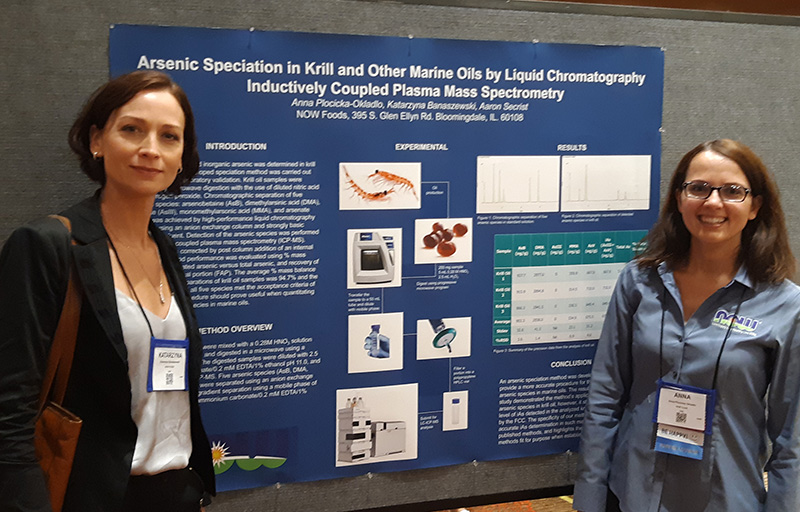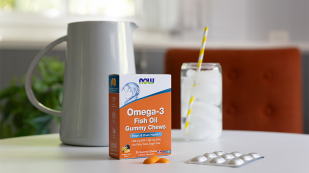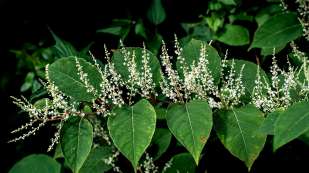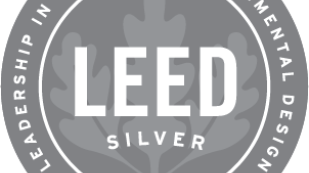Use coupon code SATIVA with your purchase of $30 or more for a free†
Vitamin C & Oryza Sativa Gentle ScrubNOW Develops Test Method for Krill Oil
NOW® Scientists Publish Test Method to Accurately Measure Inorganic Arsenic in Krill Oil
Members of the NOW Methods Development team have published a test method that accurately identifies the presence and measures levels of inorganic arsenic in krill oil: Arsenic Speciation in Krill and Other Marine Oils by Liquid Chromatography−Inductively Coupled Plasma-Mass Spectrometry by Katarzyna Banaszewski, Anna Plocicka-Okladlo, and Aaron Secrist (Spectroscopy Volume 34, Issue 9, 8-17).

Arsenic is a ubiquitous element present in the environment, and its toxicity depends not only on total concentration, but more importantly on the chemical form of the element. Inorganic arsenic species are considered to be the most toxic, whereas other organically bound species are considered to have lower or no toxicity in humans.
In late 2017, the Food Chemicals Codex (FCC) released a monographed standard to help promote quality krill oil identification and purity testing. Included in these requirements, along with standards for EPA, DHA, phospholipids and astaxanthin, is a limit for inorganic arsenic. However, the method defined in the FCC monograph, which is not able to accurately differentiate between the chemical species of arsenic, is inferior to higher sensitivity and specificity speciation methods, such as HPLC-ICP-MS. Additionally, the complexity of the krill oil matrix requires suitable sample preparation to liberate arsenic species and allow for precise quantitation of inorganic arsenic.
To improve upon the FCC monograph, the NOW Methods Development team conducted a study to develop and validate a procedure for determination of inorganic arsenic in krill oil samples and thus contribute to a more accurate risk assessment analysis for krill oil supplements. The specificity of this method allows for more accurate inorganic arsenic determination compared to other published methods.
“We determined that available test methods did not go far enough in ensuring that krill oil we were sourcing for our supplements met our purity and safety standards,” said Aaron Secrist, NOW’s Vice President of Quality and Regulatory Affairs. “We published the method in keeping with NOW’s long standing practice of sharing test methods we develop with the industry.”
NOW Methods Development Supervisor, Katie Banaszewski, gave a talk on the elemental speciation of arsenic in krill oil during a scientific session of the 2019 AOAC conference in Denver, CO earlier this year.











